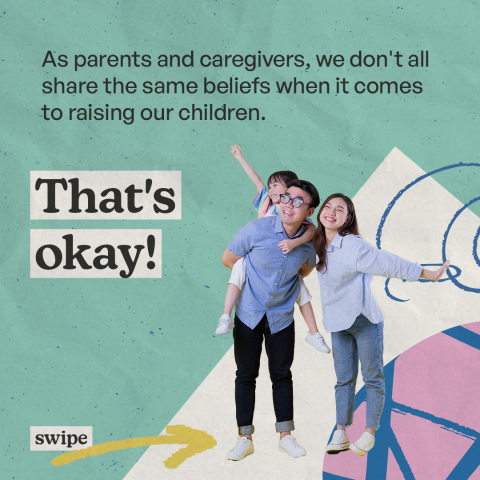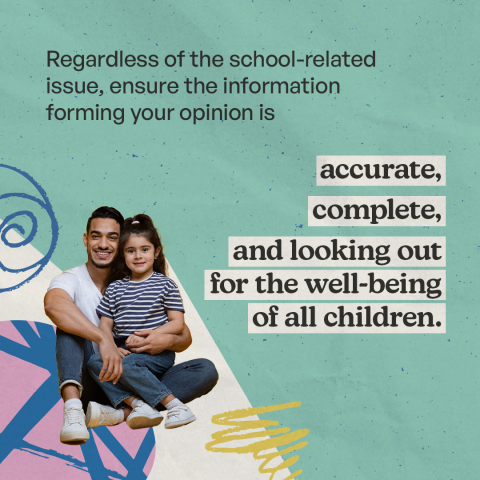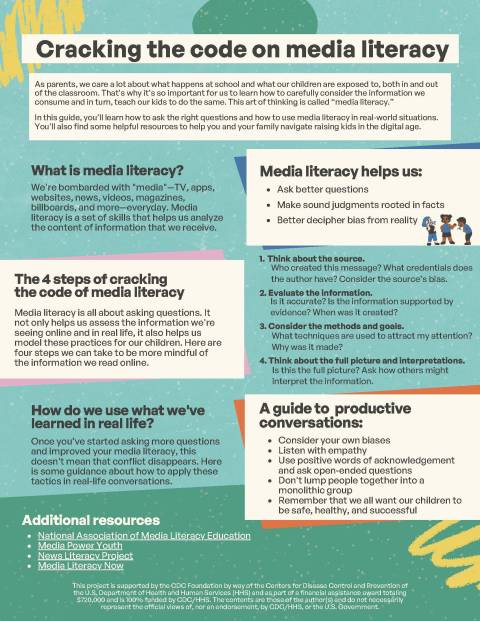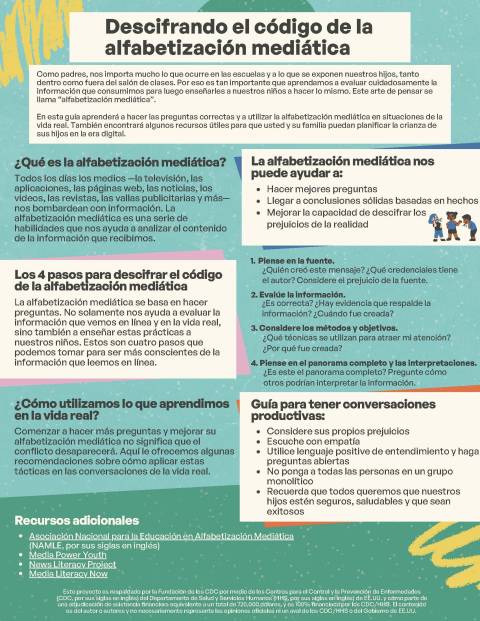You are here
Improving Mental, Behavioral and Academic Supports to Students and Families: Media Literacy Materials
These social media graphics were developed in partnership with the Public Good Projects to support promotion of safe and supportive learning environments for students and improved media literacy skills for parents.
Creating safe and supportive school environments is critical for the overall well-being and success of students. Cultivating an environment that values respect, understanding and where each student feels included contributes not only to academic achievement but fosters the growth and resilience of students. This type of learning environment is what every parent wants for their child. However, the recent increase of online misinformation and disinformation on school-related topics is an emerging threat that has the potential to disrupt the benefits a safe and supportive school environment offers. One strategy to address this is through the development of media literacy skills.
Parental media literacy sets an excellent example for children. When children see their parents taking the time to think more deeply and evaluate information, they are more likely to develop the same skills. Parents can engage their children in conversations about media literacy, teaching them to question the information they encounter online or in the news. This fosters deep thinking skills and a healthy skepticism that will serve children well throughout their lives. In today's digital landscape, online safety is a major concern, and students are exposed to various online threats, including cyberbullying and misinformation. Parent media literacy can help parents recognize and address these threats effectively. By being aware of the dangers and misinformation present online, parents can guide their children in navigating the digital world safely and responsibly.
As you navigate this page, please refer to our how-to guide. This how-to guide will help you learn about the media literacy work and provide tips for how to share it in your community.
Esta guía práctica le ayudará a conocer la campaña de alfabetización mediática y le dará consejos sobre cómo compartirla en su comunidad: guía práctica
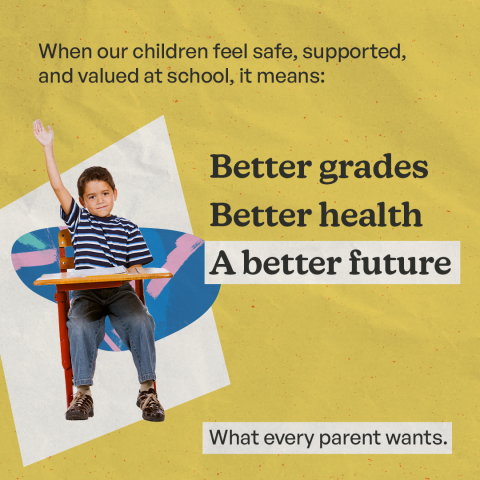
Sample Message: Support can be the difference between a thriving child and a struggling one. Giving kids the support they need at school is essential to their welfare and development.
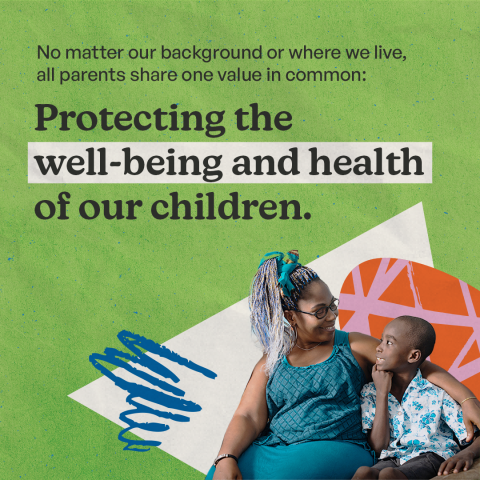
Sample Message: Even though we come from different walks of life, everyone wants the best for our children. Let’s remember that.
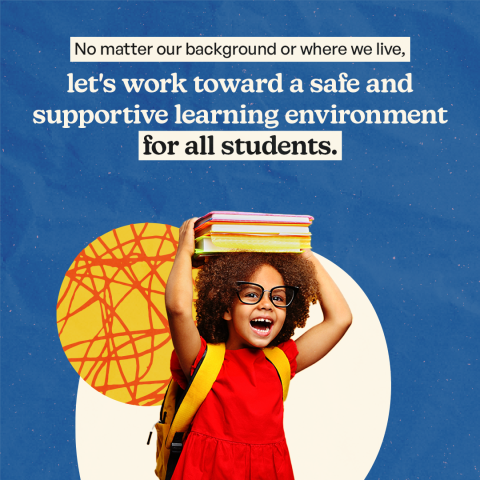
Sample Message: Every child deserves a quality education. A school’s job is to make that a reality. Schools want children of all backgrounds to have safe and productive places to learn. Let’s keep that in mind for the well-being of all our children.
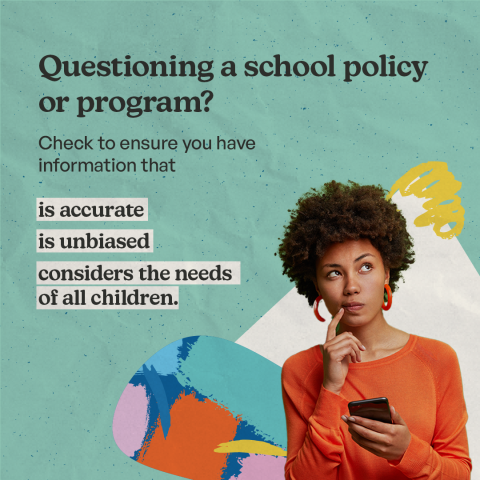
Sample Message: A new school policy might feel jarring or confusing; that’s understandable. As you dive into learning more about it, work to find information that is unbiased and timely.
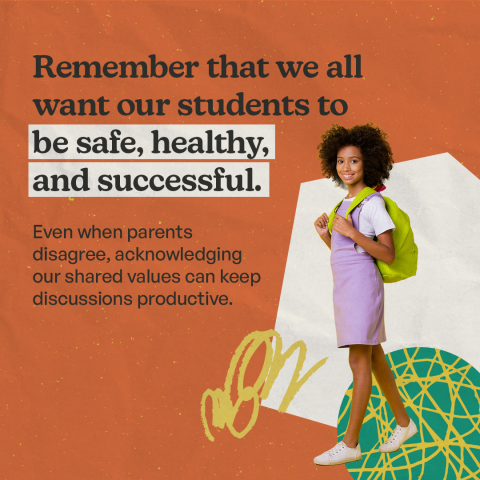
Sample Message: All parents are on the same side: the side of our children. When we start our interactions with our shared values in mind, it makes it easier for us to relate as parents. Let's remember that we all want what's best for our kids.
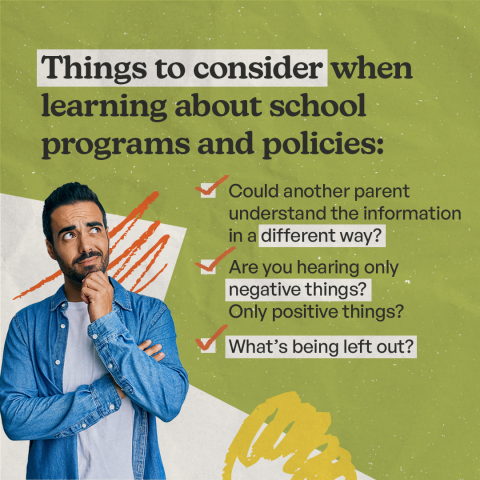
Sample Message: Look at the whole picture when trying to understand a school program. Asking these questions can help you see alternative perspectives.
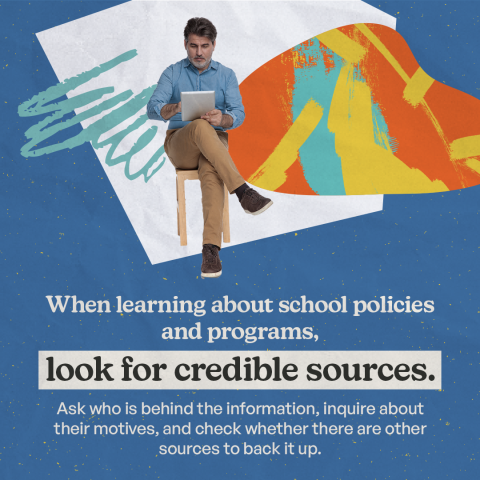
Sample Message: It’s easy to run into false information. To combat it, double-check the details, find the source and figure out if the person shared the information in good faith.
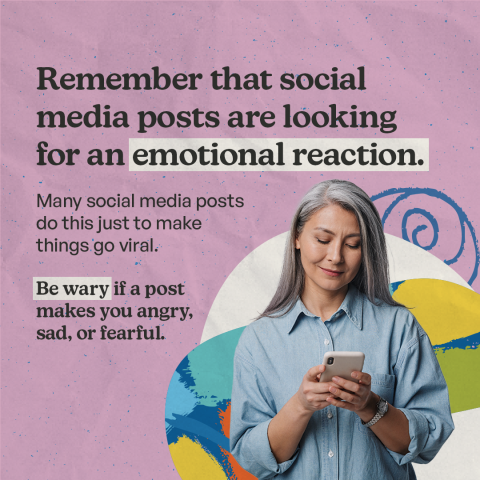
Sample Message: Not every social media post you find is meant to inform; some are meant to excite. If you see a post that makes you feel a strong emotion, it’s likely not worth your time. Check out this quick video from FactCheck.org for more tips: https://www.youtube.com/watch?v=AkwWcHekMdo

Sample Message: Our networks are usually echo chambers, especially on social media. When you’re looking for information about a new school policy or program, don’t just rely on things you’ve heard through the grapevine. Verify your information for the good of your kids.
Social Media Carousels
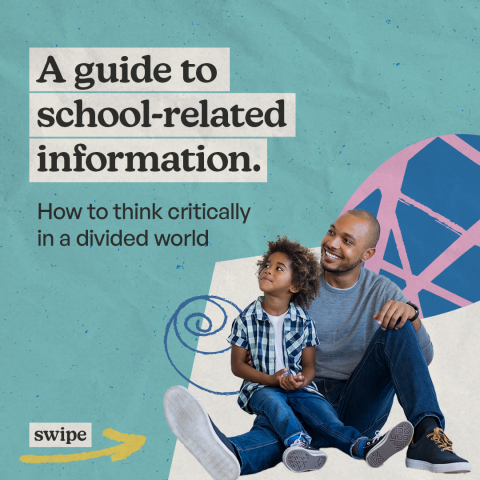
Graphic 1 of 8
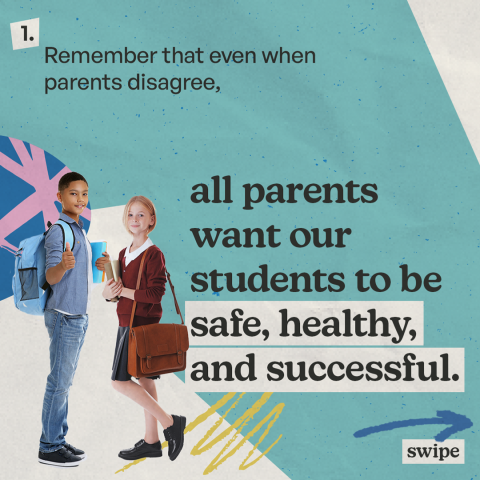
Graphic 2 of 8
Public Service Announcement (PSA) Videos
Cracking the Code on Media Literacy:
Webinar & One-Pager
This project was supported by the CDC Foundation by way of the Centers for Disease Control and Prevention of the U.S. Department of Health and Human Services (HHS) and as part of a financial assistance award totaling $1,439,999 and is 100% funded by CDC/HHS. The contents are those of the author(s) and do not necessarily represent the official views of, nor an endorsement, by CDC/HHS or the U.S. government.
These resources were developed as part of a CDC Foundation program in partnership with the Public Goods Projects. This program was active from May 1, 2021 to July 31, 2024, but the resources are still available for your use.
